The 1989 Duncan Built Yamaha Banshee is a modified version of the iconic Yamaha Banshee, featuring performance enhancements and upgrades that were made by Duncan Racing, a company well-known in the ATV world for building high-performance parts and racing modifications. The 1989 Yamaha Banshee itself is already a powerful machine, but when modified by Duncan Racing, it takes the performance, handling, and overall experience to another level.
Here’s an overview of the 1989 Duncan Built Yamaha Banshee:
Stock 1989 Yamaha Banshee Specifications:
Before diving into the modifications, it’s useful to understand the base specifications of the 1989 Yamaha Banshee:
Engine:
- Type: Twin-cylinder, 2-stroke, liquid-cooled
- Displacement: 348cc (172cc per cylinder)
- Compression: Typically 6.7:1 (stock)
- Fuel System: Dual 28mm Mikuni carburetors
- Ignition: CDI
- Lubrication: Premix or Yamaha Autolube system
Transmission:
- Type: 6-speed manual
- Final Drive: Chain
Suspension:
- Front: Independent double-wishbone, 8.1 inches of travel
- Rear: Monoshock, 9.1 inches of travel
Brakes:
- Front: Dual disc brakes
- Rear: Single disc brake
Weight:
- Dry Weight: 370 lbs (168 kg)
Duncan Racing Modifications (1989):
When Duncan Racing gets their hands on a Yamaha Banshee, they typically upgrade the motor, suspension, exhaust, and other critical areas to create a truly race-worthy machine. Some of the typical upgrades you might find on a Duncan Built Yamaha Banshee from 1989 would include:
Engine Modifications:
- Cylinders: Duncan Racing often ported the cylinders for increased power and better throttle response. This would result in an increase in overall horsepower.
- Piston and Cylinder Kits: They may have installed high-performance pistons or big-bore kits, such as 350cc or 370cc kits, which would make the engine even more powerful.
- Exhaust System: Duncan Racing is known for their custom exhaust systems, which could include their own brand of expansion chambers for better power delivery and top-end performance.
- Carburetors: The carburetors could have been upgraded to larger 34mm or 36mm Mikuni units, allowing for better fuel delivery and increased performance.
Suspension Modifications:
- Upgraded Shocks: The stock suspension would likely have been upgraded to aftermarket shocks from brands like Elka, Works, or Fox Racing, improving the handling and performance on rough terrain.
- A-arms and Swingarm: Performance A-arms or extended A-arms would have been added for better handling, particularly in cornering, as well as additional ground clearance for rough trails or racing environments.
Other Modifications:
- Reed Valves: To improve intake flow, the stock reed valves might have been replaced with high-performance reed valve kits, such as those from V-Force or Boyesen.
- Clutching: A high-performance clutch setup, including stronger springs and more durable components, could have been used to handle the increased power from the engine modifications.
- Brake System: For improved stopping power, the braking system could have been upgraded with stronger, race-grade disc brakes or upgraded calipers.
- Tires and Wheels: Racing-specific tires and wheels, possibly with beadlock rims for better durability and grip in high-performance conditions, might also be part of the build.
Visual Modifications:
- Custom Graphics and Color Schemes: Duncan Racing might have customized the appearance with custom graphics kits, giving the Banshee a distinctive, race-ready look.
- Frame and Plastic: Depending on the owner’s preferences, they might have swapped the plastics for aftermarket colors or added custom reinforcements to the frame for additional strength and durability during racing.
Performance:
- With these modifications, a Duncan Built 1989 Yamaha Banshee would have significantly more horsepower than the stock version, possibly pushing 50-60+ horsepower, depending on the modifications. The performance would be dramatically improved in terms of acceleration, top-end speed, and overall responsiveness.
- The handling would also be much more precise, especially with upgraded suspension components and a more aggressive geometry.
Purpose:
The Duncan Built Banshee would have been primarily intended for competitive racing or for experienced riders who wanted a powerful, highly responsive machine for off-road or motocross-style riding.
Maintenance and Parts:
Owning a modified 1989 Duncan Built Yamaha Banshee requires attention to regular maintenance, especially with the higher-performance parts installed. Here are a few things to keep in mind:
- Oil and Fuel: As a 2-stroke, it requires pre-mixed fuel unless the stock oil injection system is still in place.
- Suspension: Regular maintenance on the shocks and suspension components is necessary to maintain optimal performance.
- Engine: With the engine modifications, keeping the carburetors tuned and ensuring the top-end is regularly checked for wear is essential for maintaining peak performance.
Value:
A 1989 Duncan Built Yamaha Banshee would hold a strong collector value for ATV enthusiasts, particularly those who are looking for a high-performance machine with racing history. The modifications and custom nature of the build make it a unique find in the used ATV market.
Be the first to review “1989 Duncan Built Yamaha Banshee” Cancel reply
Related products
banshee
banshee
banshee
banshee
banshee
banshee
banshee

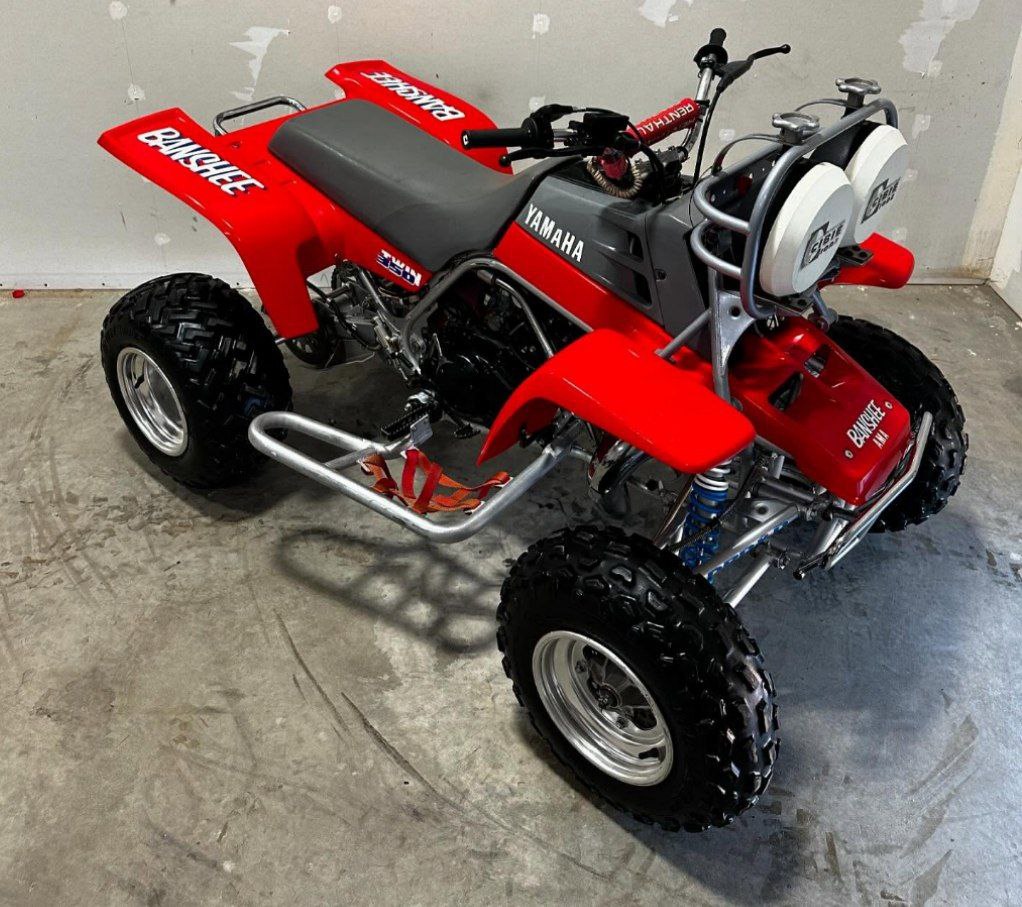
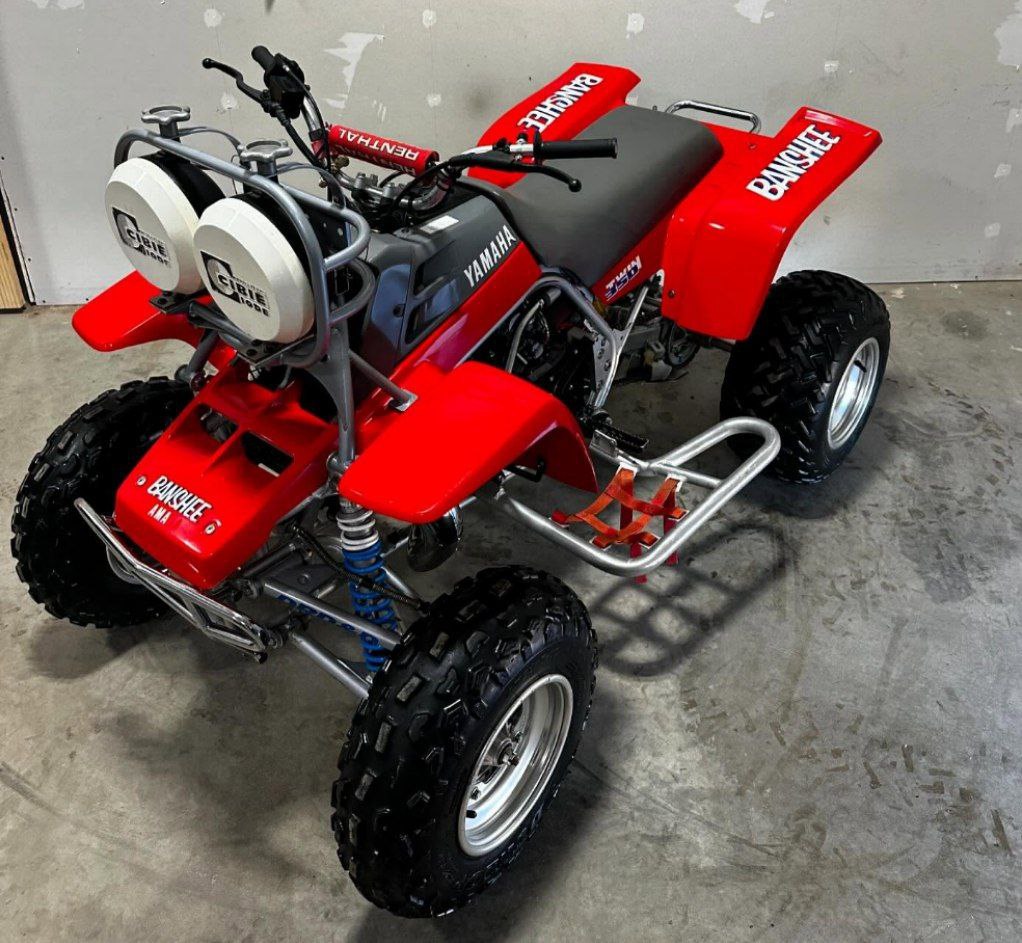
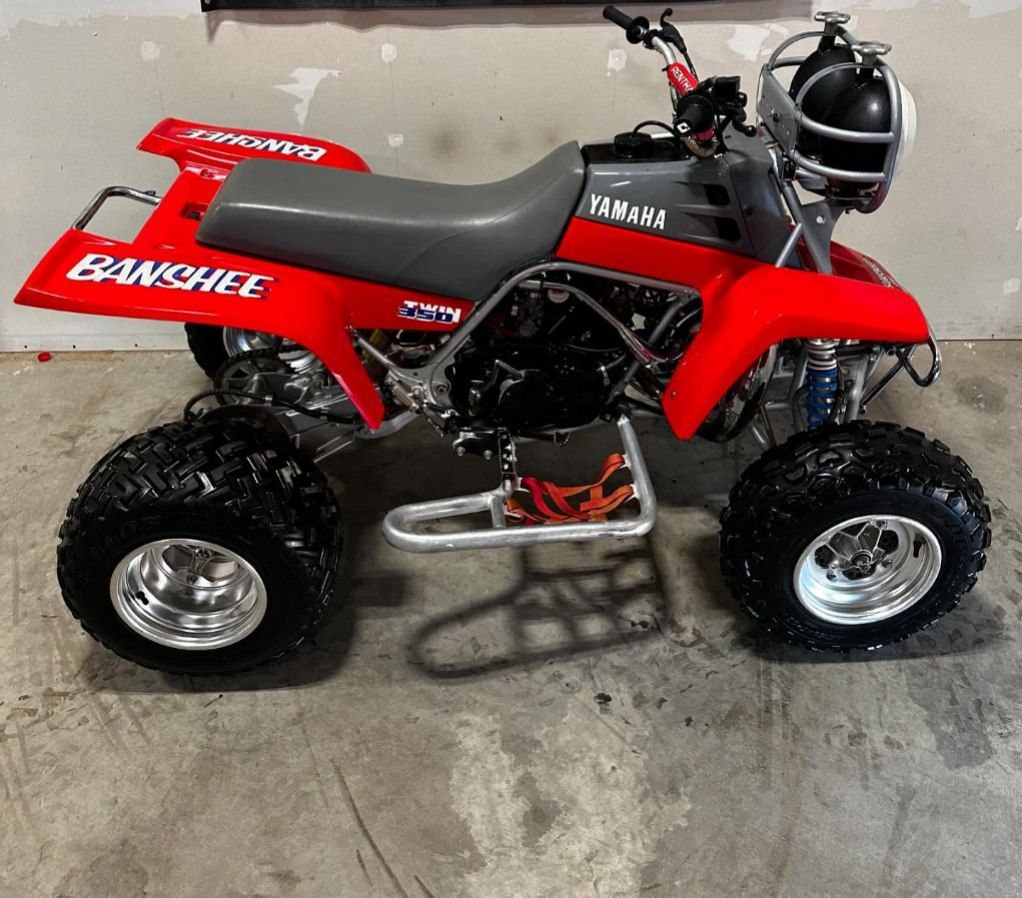
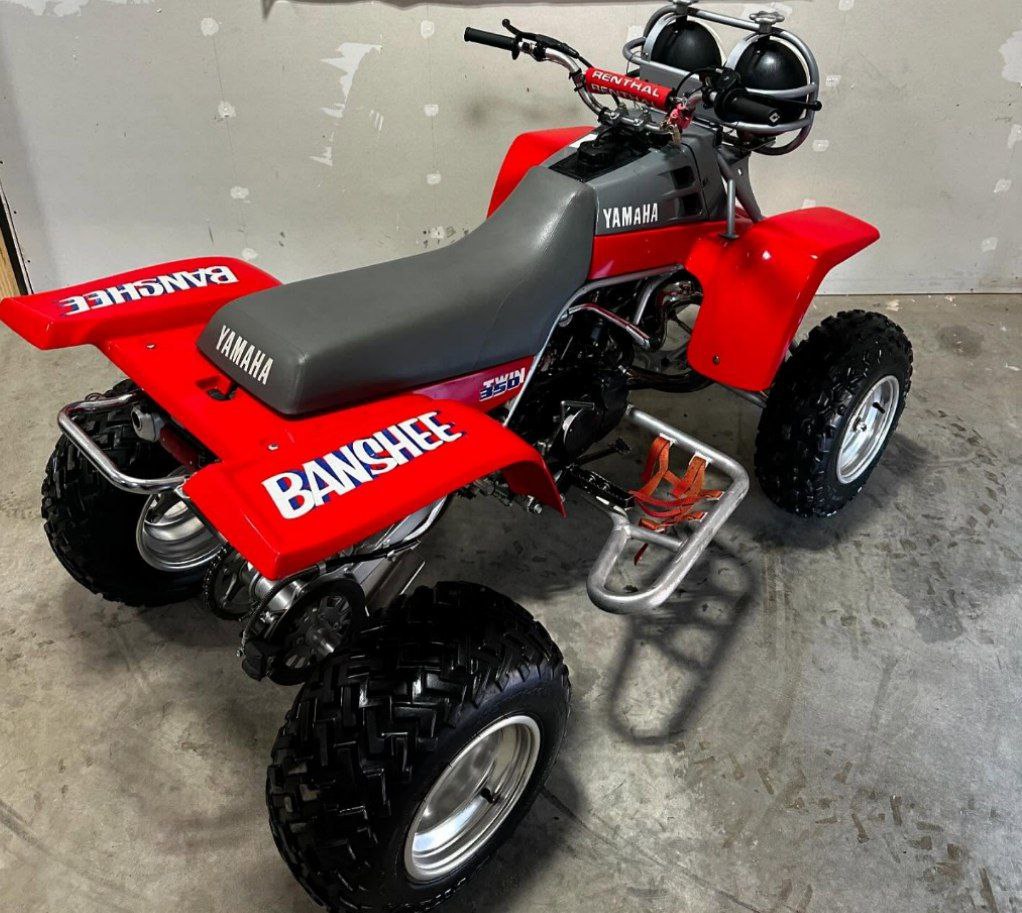
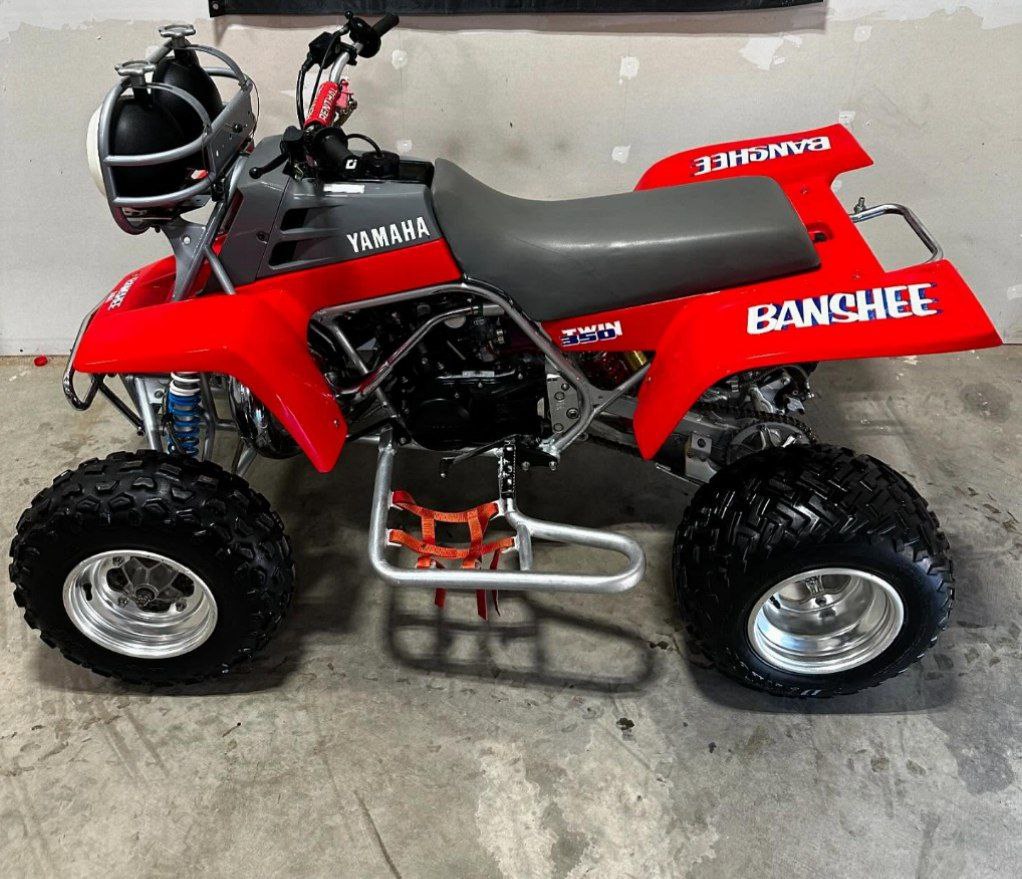
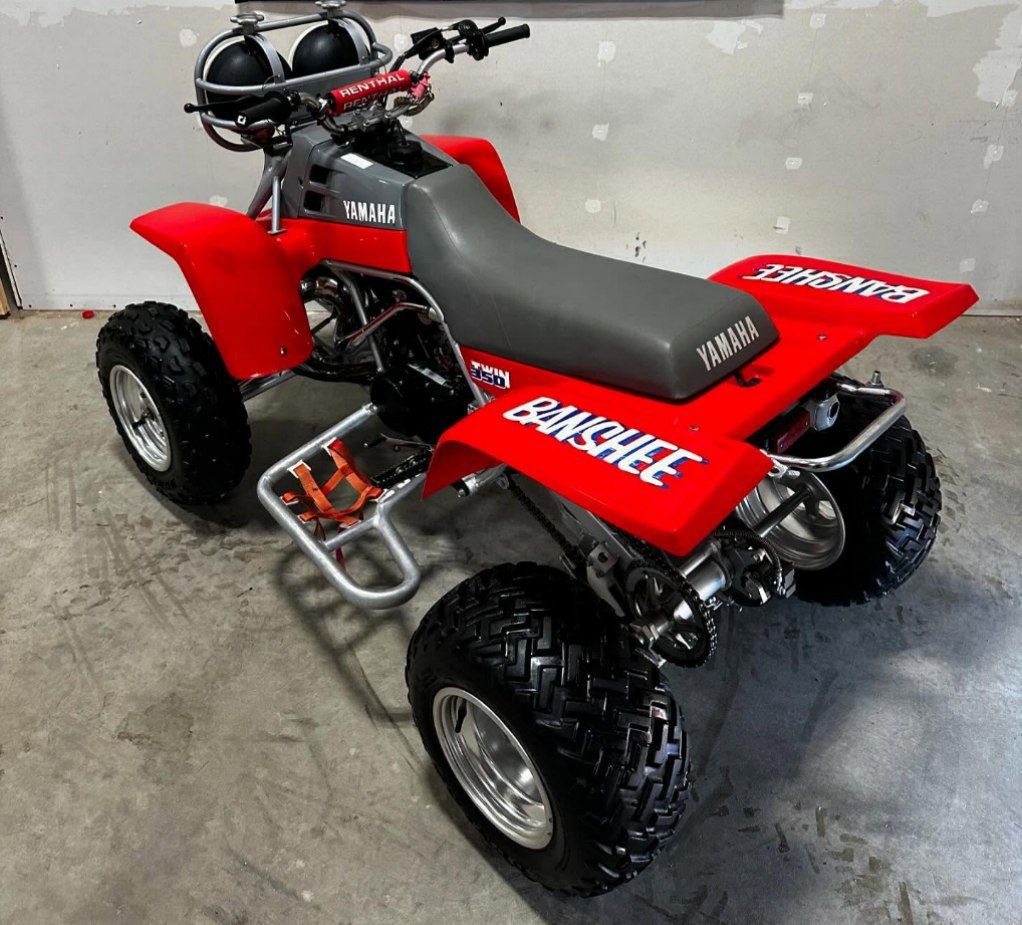
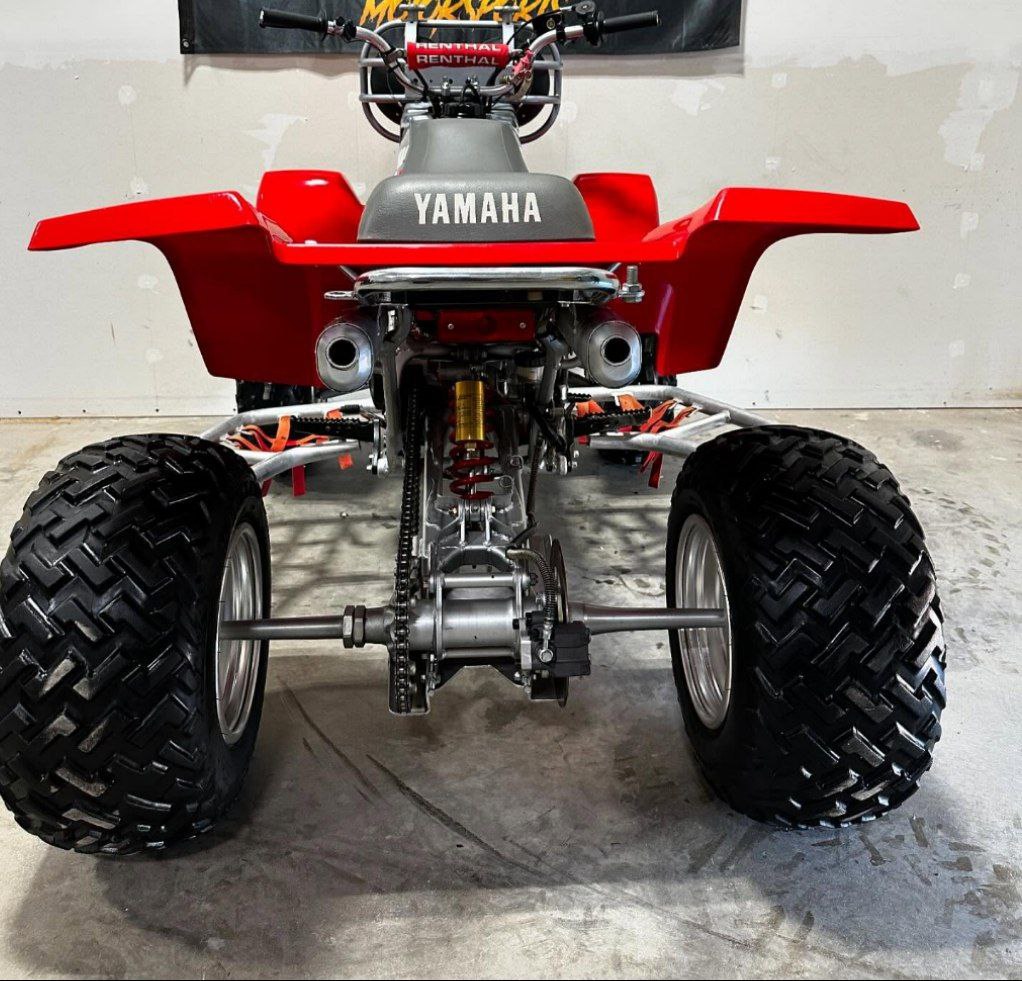
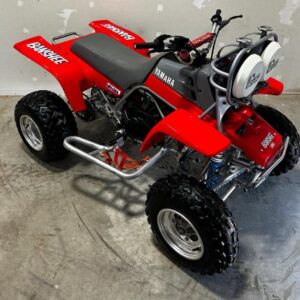
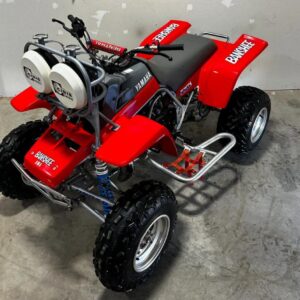
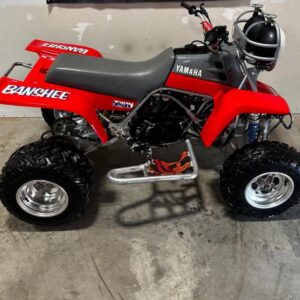
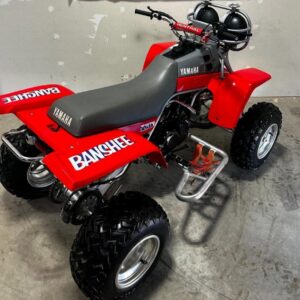
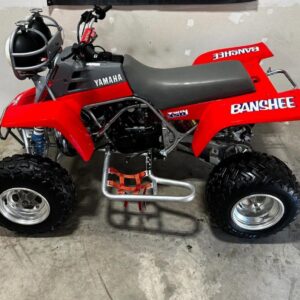
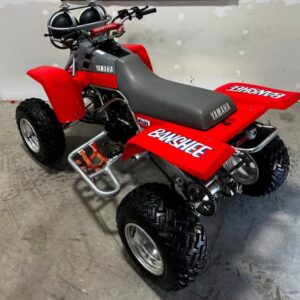
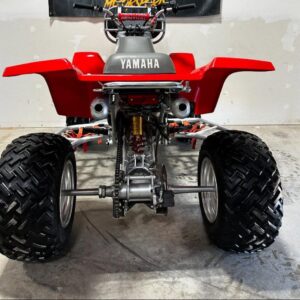
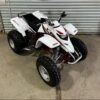
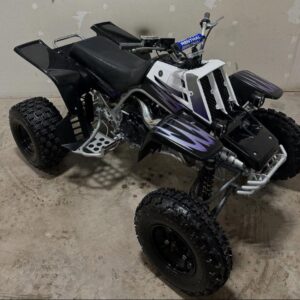
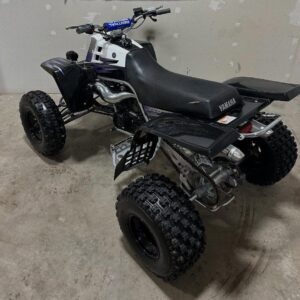




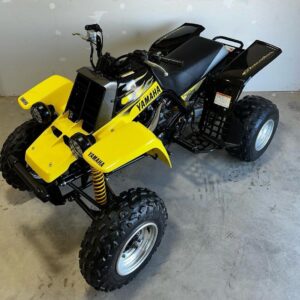
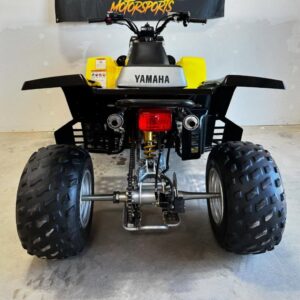

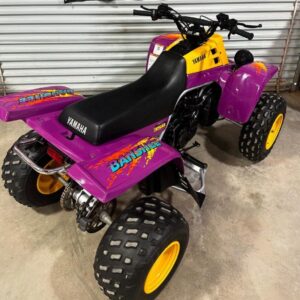
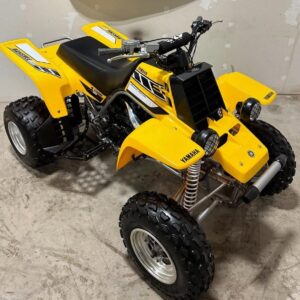
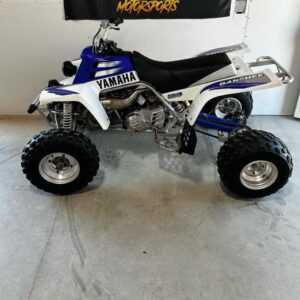
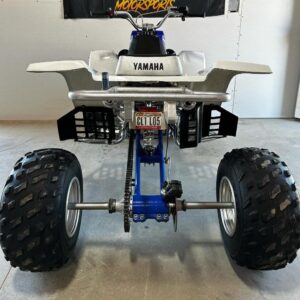
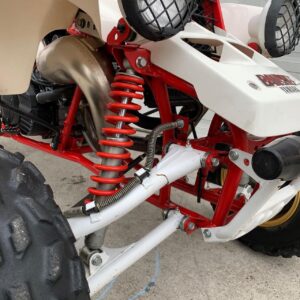
Reviews
There are no reviews yet.